JDM Meaning – What Does JDM Stand For?
Ever wondered what the word JDM means? If you answered yes, then buckle up – we’re taking you on a deep dive to unravel the meaning of JDM.
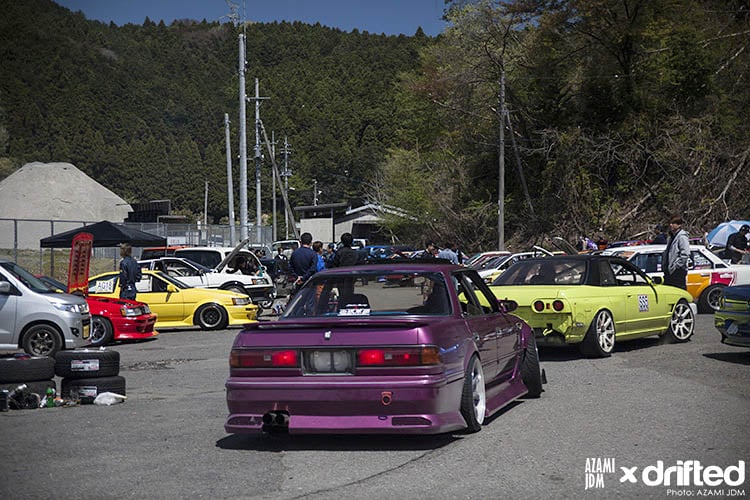
Introduction
You probably see the term JDM get thrown around casually in movies, videos, games, and other media whenever somebody talks about Japanese cars from Japanese manufacturers.
These days, almost nothing is spared from being labeled JDM, however distant the Japanese resemblance may be.
Let’s face it – we’ve all heard the local USDM ricer Civic owner yelling “JDM, yo!” at the local meet.
Car parts and upgrades are slapped with the JDM label by fans, whether they’re legit or fakes produced in other Asian regions (or beyond.)
Wheels and exhausts – heck, even tires from Japanese manufacturers are sometimes branded ‘JDM tires’ by some enthusiasts in the car community.
Likewise, car enthusiasts often refer to the term to identify the group they belong to (Japanese car owner group). So, if you have a Japanese car or are a Japanese car enthusiast, you’re probably already part of the JDM culture.
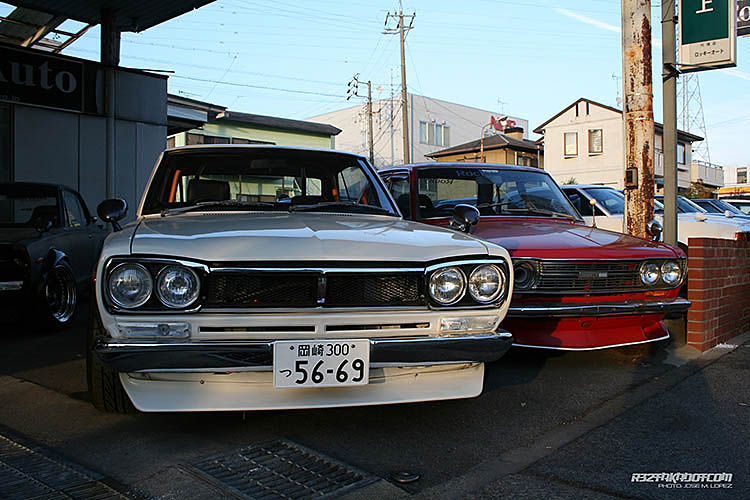
Most people do not realize the nuance of the term JDM. Hence, people ask questions such as “What does JDM stand for?” or “What does JDM mean?”
Simply put, the term JDM isn’t confined to just Japanese cars, or even parts, for that matter.
If you’re wondering what JDM stands for, and wanting to know the real JDM meaning, hen read on because you’re in for a bumpy ride. (Sorry about that bump, my JDM coilovers are too stiff.)
JDM Definition
Let’s get right into the real JDM meaning.
JDM or Japanese Domestic Market refers to anything and everything made in Japan, exclusively for the local Japanese market.
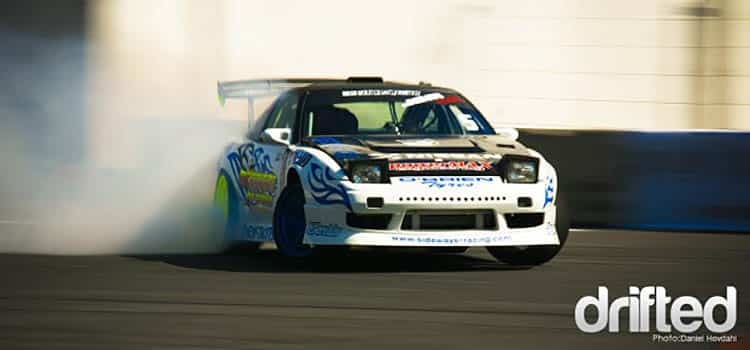
JDM is an abbreviation for these three important words that you will have to remember while reading the rest of this article. (And the next time you’re out casually talking to your car friends about your favorite JDM cars.)
If you start to think about it, not many products fall into that category in the car world. While Japanese cars are a dime a dozen everywhere these days, not all Japan-made cars fall under the ‘true JDM’ umbrella.
The same goes for anything made by the Japanese that isn’t sold exclusively in Japan. So wheels, coilovers, springs, exhausts, and other JDM upgrades aren’t JDM unless they’re made and sold solely in domestic Japan.
These days, however, the word JDM can mean anything or everything under the (Land of the Rising) Sun, so there’s a ton of wiggle room in how you can use the term.
JDM Parts
With the real JDM meaning in mind, you’re probably wondering: “If my set of 17×9 Volk Rays TE37 JDM wheels are made in Japan but sold everywhere else in the world, does it still count as JDM?”
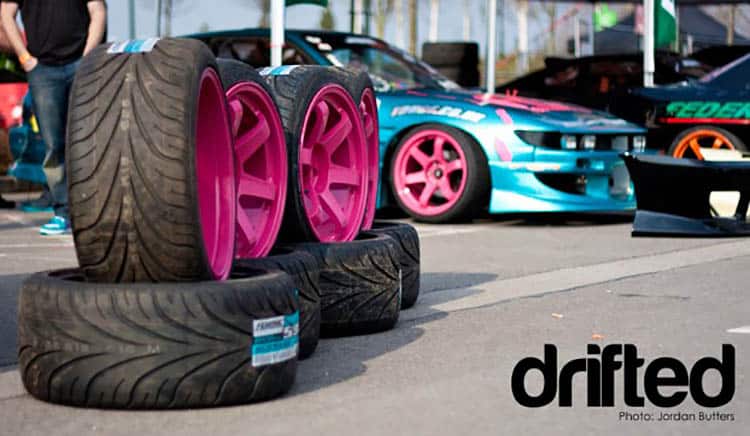
Globalization has brought car parts that enthusiasts previously considered JDM holy-grail products into many car enthusiasts’ local soil.
Some previously unattainable JDM-grade parts such as wheels and exhausts can now be manufactured at a satellite factory and sourced for a much more affordable price than importing a Japanese domestic market copy of the same wheels.
Going back to TE37s – while these ultra-popular forged wheels are created exclusively in Japan, they aren’t exactly Japanese market exclusives, as they’re shipped worldwide by redistributors. Therefore, even TE37s aren’t exactly JDM in the truest sense of the word.
The same is true for other car-related parts and upgrades such as JDM racing seats, JDM exhausts, JDM body kits, and even JDM shift knobs!
However, not being truly 100% JDM in the literal sense of the word isn’t a bad thing. You’ll start to realize as you read through this article that there aren’t a lot of pure JDM car products sold these days anyway.
JDM Culture
It’s hard to pinpoint precisely where and when JDM culture started.
Some enthusiasts would point to the Bosozoku, while others would bring up the Honda Civic-loving Kanjozoku.
Even the infamous Yakuzas can partly be blamed for spreading the JDM culture through their unintentionally-attractive VIP lifestyle.
Nevertheless, we think everyone will agree that JDM culture blew up in the golden era of Japanese motoring – the 80s and 90s.
Bosozoku
Let’s start with the Bosozoku.
In Japanese, Bosozoku roughly translates to the “running-out-of-control tribe” or “violent-running tribe” – both of which refer to how they run their highly customized cars and bikes they affectionately call Kaizosha.
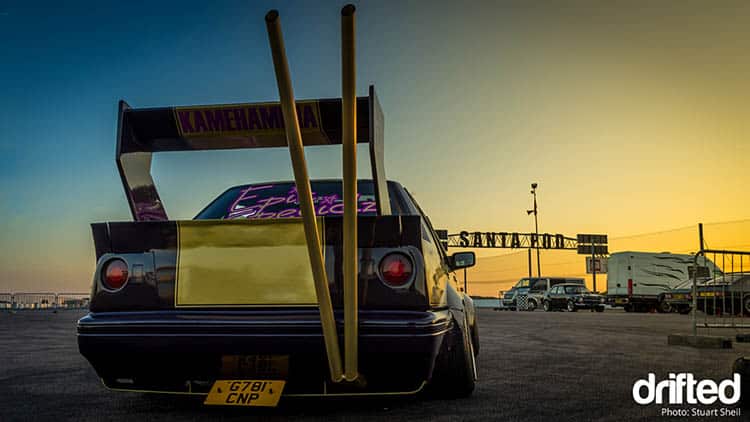
The earliest members of the Bosozoku were World War II veterans. After experiencing some of the most gruesome, adrenaline-rich battles of the World War, these war veterans needed something to keep their hearts pumping and their souls burning. And so, they formed gangs and exhibited gang-like behavior in public streets to stimulate their brains’ dopamine receptors once again.
These days, the Bosozoku is a much less violent bunch than their earlier members. However, their taste for modification has only gotten much more extreme. The term Bosozoku is now widely used in just about any type of extreme motorcycle or car modification.
Trust us. You will never miss a Bosozoku car or bike even from miles away – their outrageous body kits and sky-high exhaust pipes are the most obvious giveaways.
Kanjozoku
On the other hand, the Kanjozoku is a relatively less violent bunch of car enthusiasts or, more appropriately, Honda Civic enthusiasts.
The Kanjo Expressway (officially Osaka Hanshin Expressway) in Japan is one of the most popular sites for illegal street racing in Japan back in the day. Thanks to its 4.77-mile long loop-style layout, the infamous site became the preferred race track for street racers in the 80s and 90s.
Their preferred weapon? None other than the affordable yet extremely capable JDM Honda Civic.
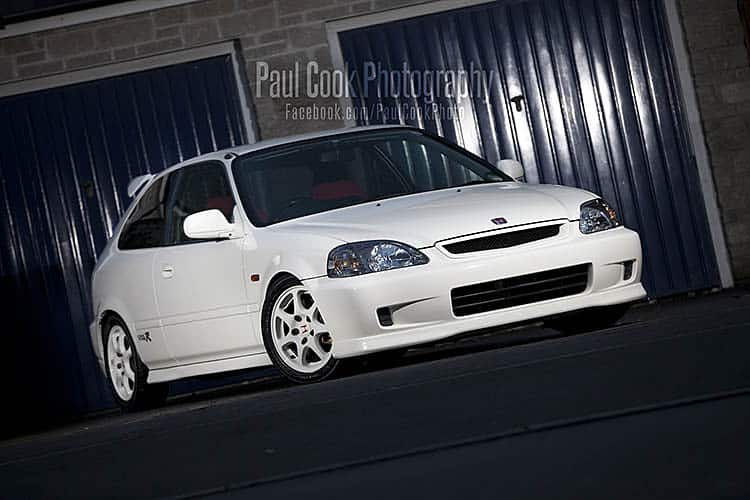
The JDM Honda Civics were easy to modify, and there were a ton of parts available if something ever went kaput. Their lightweight chassis and high-revving engines meant that they could easily traverse the narrower and twistier Kanjo Expressway. It’s no wonder the Honda Civic was the Kanjozoku’s weapon of choice.
However, due to more aggressive policing, these high-speed battles – or Kosoku as the Japanese call them – are no longer as common in modern-day Japan. However, that doesn’t mean that the Kanjozoku is gone forever – they have just taken a more ‘responsible’ and discreet approach to their meets and activities.
Yakuza VIP Style
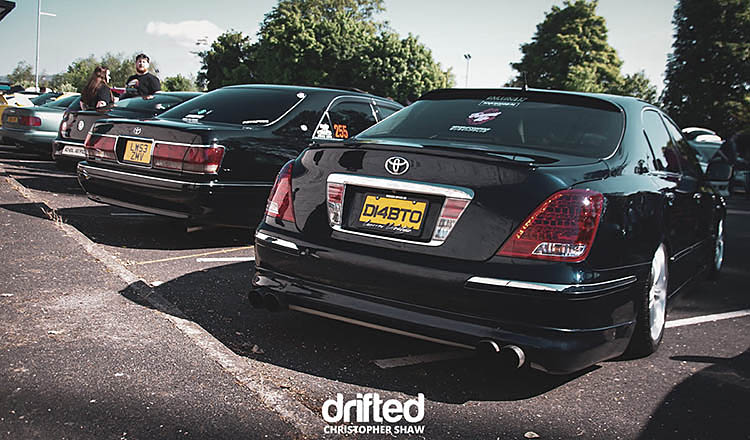
Even the infamous Japanese gangs known as Yakuza have contributed to the overall JDM culture and style, albeit unintentionally.
The Yakuza are classed as very important individuals in Japan. As such, high-ranking members of the infamous gang can’t afford to be seen rolling around in an econobox such as a Toyota Corolla. No, they had to move down the streets of Japan in no less than some of the best JDM luxury sedans ever made.
Full-size JDM luxury sedans such as the Toyota Crown, Toyota Aristo, and Nissan Cefiro are just some preferred Yakuza rides in the 80s and 90s. These sedans were often modified to ride as low as possible and had chrome rims as big as the wheel wells could fit.
The result was a clean and cool-looking ride that caught the eyes of bystanders and Japanese car enthusiasts at the time.
These days, the JDM VIP Style lives on and has its very own JDM sub-culture that features low-sprung rides with ridiculous camber to bring their cars just a bit closer to the ground. Oh, and did we mention? VIP rides feature some of the best interior mods you’ll ever see in Japan.
JDM Cars
We know that you’re more interested to learn about things that make a car JDM, so we intentionally saved the best for last.
Japanese Domestic Market cars are vehicles built for and exclusively sold for the Japanese market. Hence, actual JDM cars are right-hand-drive only.
However, your favorite 90s JDM Legends such as the Toyota Supra, Nissan Skyline R34 GTR, Mazda RX-7, Honda S2000, and many Japanese cars from the 80s and 90s were also officially sold in other regions, hence the existence of USDM, EUDM, and other domestic market exclusive versions of these supposedly JDM cars.
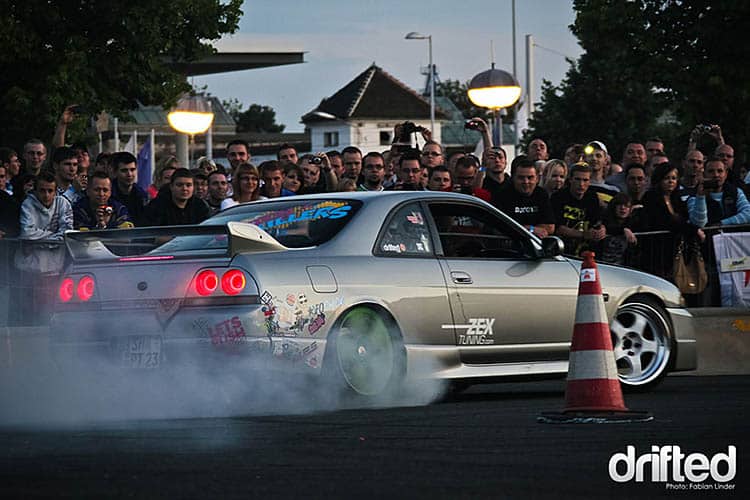
And so, not even all these Legendary Japanese cars from the 80s and 90s are 100% JDM. Vehicles such as the Toyota Supra were sold in both Japan and the U.S. for most of their shelf life.
Nevertheless, the term JDM has since been watered down to encompass every car from Japan in the last fifty years. Depending on who you’re talking to, sports cars such as Mazda’s RX-7, sold in Japan and the U.S., can still be considered JDM in the modern sense of the word.
With that in mind, we have gone ahead and compiled a list of cars that are technically and spiritually considered JDM cars by enthusiasts the world over.
Nissan Skyline GTR (R32, R33, R34)
Godzilla is one of the most recognizable and sought-after 90s Japanese sports cars in the world – and one of the rare pure Japanese Domestic Market exclusives among its sports car peers.
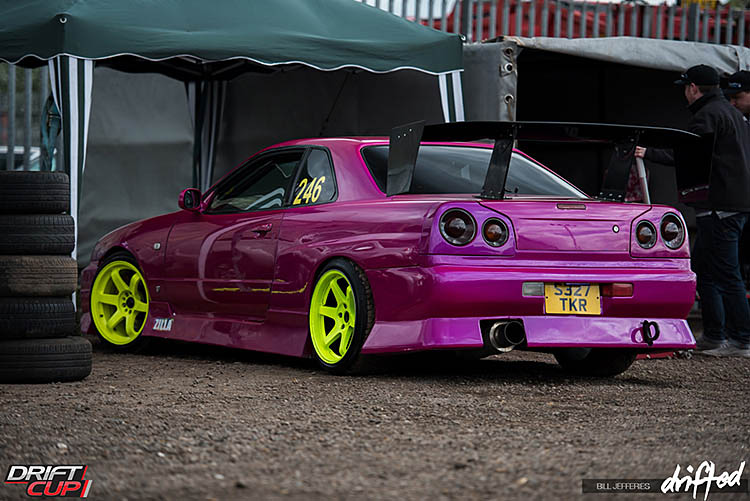
Since the Nissan Skyline GTR was never sold outside of Japan, JDM fans from the West had to rely on something else to quench their thirst for the AWD sports car.
Fortunately, movies such as The Fast and Furious Tokyo Drift, games such as the Need For Speed or Forza Horizon, and publications such as the very popular Best MOTORing were enough to tame the lust that fans have been harboring since they’ve laid eyes on this legendary JDM sports car.
The Nissan Skyline GTR is one of the rare examples of a Nissan JDM sports car that was never sold outside of Japan. Examples of this AWD legend that made it to other countries were most likely imported through third-party entities.
Toyota Supra JZA80
We can’t have a list that features the JDM legends and not feature the JDM Toyota Supra.
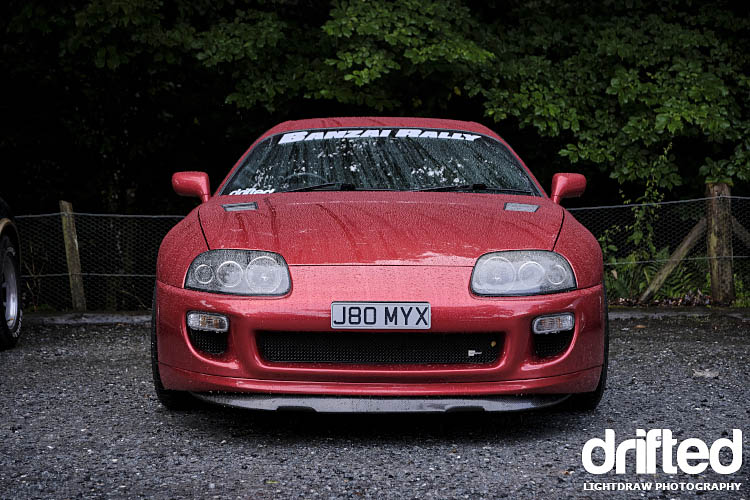
While not as exclusive JDM-wise as the Nissan Skyline GTR, the Toyota Supra is still considered an iconic JDM sports car from the nineties even by purists.
Toyota was coming fresh off the success of the Mark II and Mark III Supra, so they knew they had to sell the Mark IV Supra on Western soil.
Unfortunately, sales numbers from ‘93 through ‘98 only totaled roughly 11,000 units, with the last year just seeing a very rough 24 units sold for the legendary Toyota GT car.
The saying “You never know what you have until you lose it.” can never be more true for these legendary JDM cars – the Mark IV Supra is definitely no exception.
Demand has skyrocketed in the past decade, and of course, their prices have risen accordingly as well.
Unlike the Nissan Skyline GTR, which up to this day is difficult to get a hold of, the Toyota Supra’s main price driver is its race heritage, pop culture, and of course, the equally legendary straight-six engine – 2JZ GTE.
Mazda RX-7 FD3S
The Mazda RX-7 FD3S is yet another JDM car that was sold both in and out of Japan in the 90s.
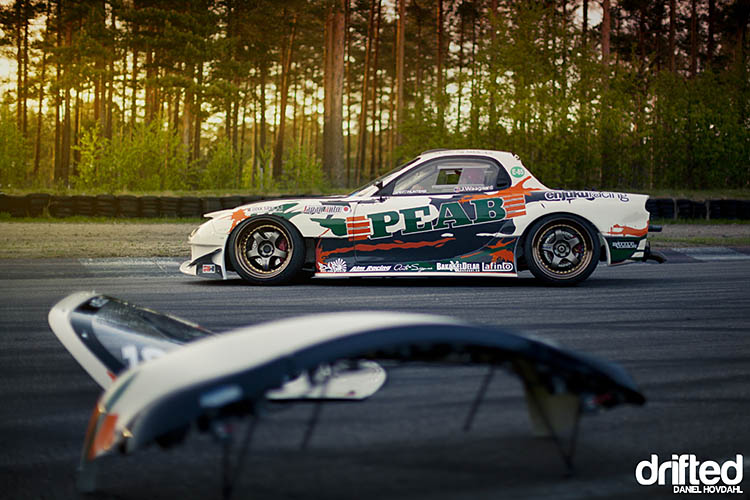
For Japan, the Mazda RX-7 (chassis code FD3S) was sold through the ɛ̃fini brand in six different trim levels:
The Mazda RX-7 was given a different chassis code for the U.S. and Canada – JM1FD. With a total of roughly 13,879 units imported to the U.S. alone.
Mazda’s RX-7 has the most unique engine in any JDM car period. Sure, the RB26 and 2JZ are legends in their own right, but none of them has sparked more controversy and criticism in its lifetime than the 13B Rotary Engine found in the RX-7.
Despite the apparent issues that came with Mazda’s engine choice for the RX-7, it remained a popular sports car back in the 90s and a sought-after legend in the modern-day.
The RX-7’s lightweight chassis and timeless styling convinced thousands of Japanese sports car fans to add the RX-7 to their car collection.
Of course, a certain spiky-haired anime dude driving a yellow RX-7 helped skyrocket the FD3S to rockstar status in pop culture as well.
Honda Integra Type R DC2
Honda is best known for econoboxes and ultra-reliable motorbikes. However, once in a while, the Japanese car manufacturer is known to dip its toes into the high-performance segment.
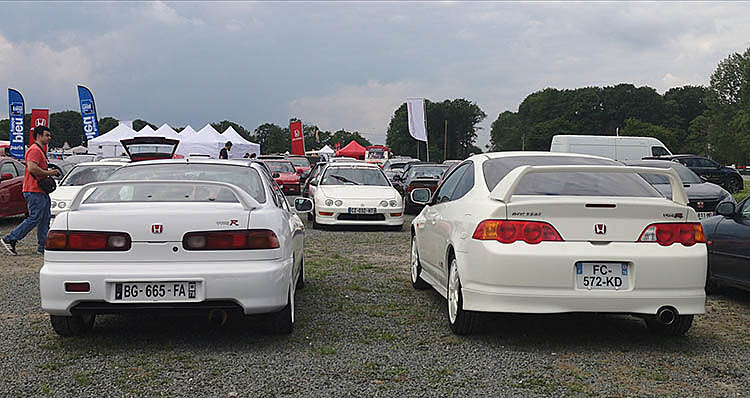
The humble third-generation Honda Integra was already a decent sports car. It had good handling, a high-revving naturally aspirated four-cylinder VTEC engine (with 178 horsepower in the GS-R variant), and reliability that was second to none in the industry.
However, everybody knew Honda still had a few more tricks up their sleeve, so they proved it when they released the JDM Honda Integra Type R DC2 in 1995.
The JDM Honda Integra Type R DC2 had everything you would expect from a Honda slapped with the Type R monicker – more power, less weight, and that classic Type R white-on-white paint job.
The Integra Type R was a JDM exclusive for two years before Honda eventually shipped the first few batches of ITRs into the US.
By the end of its life cycle, only 3,823 examples of the Honda Integra Type R were made, making it one of the rarest JDM cars in the world.
Toyota Chaser JZX100
So far, we have featured some of the best sports cars to ever come out for the Japanese Domestic Market in the Nissan Skyline GTR, Toyota Supra, Mazda RX-7, and Honda Integra Type R DC2 as you’ve read above.
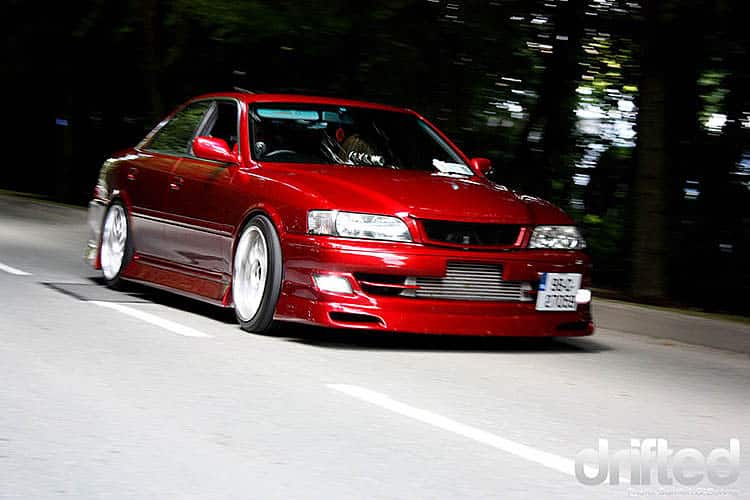
Let’s dial things back just a bit to take a quick look at some underrated JDM cars, specifically the Toyota Chaser JZX100.
Like the Nissan Skyline GTR, the Toyota Chaser JZX100 is one of the few JDM-only cars on this list, as the Chaser has never seen foreign soil during its production run.
That’s not the only thing the Chaser shares with the Nissan Skyline GTR, though, as the Toyota Chaser JZX100 also sports an inline six-cylinder engine under the hood.
And it’s not just any inline-six engine under the hood, as the Toyota Chaser JZX100 has the next best thing to a Supra’s 2JZ – a 1JZ.
You can be forgiven for thinking of the 1JZ as simply a 2.5-liter version of the legendary 2JZ – which boasts more displacement at 3-liters.
Needless to say, 1JZ is the primary reason why this unassuming sedan has skyrocketed in value in the past few years.
2JZ-based cars have become increasingly popular in the last decade, and so has their price. Enthusiasts saw the 1JZ as a worthy alternative to the 2JZ with a few minor compromises.
This ultimately led to a spike in the Toyota Chaser JZX100’s popularity, availability, and of course, price.
Honda NSX-R
Honda was on a tear back in the 90s and early 2000s, releasing several high-performance econobox-based sports cars that nobody asked for but fell in love with nevertheless.
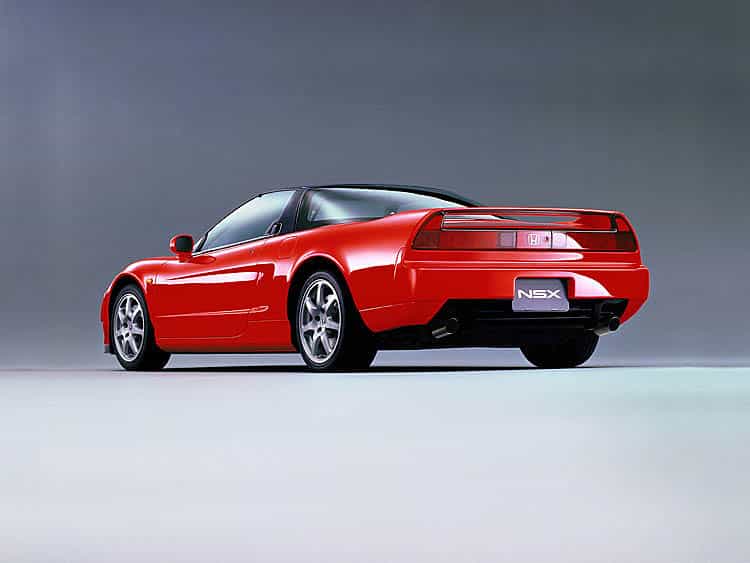
But there was one special JDM car that started Honda’s Type R craze back in the day – the Honda NSX-R.
As if the standard NSX wasn’t crazy enough, Honda released a classic white-on-white Honda NSX-R in November 1992 and went on to produce a total of 483 NSX-R units exclusively for the Japanese Domestic Market.
The NSX-R takes the standard NSX package and turns the dial to eleven, where the most obvious change from the standard NSX was the reduced weight. (Total weight reduction was a whopping 265lbs)
There’s no dispute that the Honda NSX-R is a JDM legend through and through. With less than 500 units ever made, the NSX-R is one of the best JDM cars Japan has ever made.
Honda S2000
Remember when we told you how Honda was on a tear in the 90s and 2000s? Well, here’s yet another legendary Honda sports car from the Land of the Rising Sun.
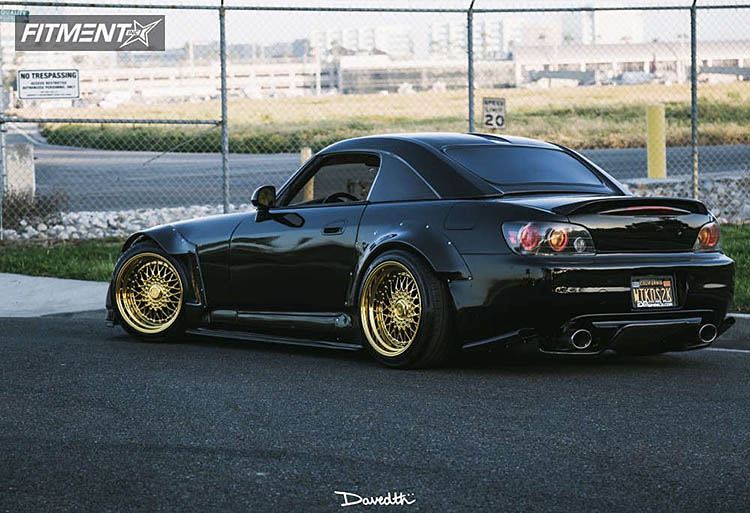
The Honda S2000 isn’t as exclusive as the other cars on this list – Honda has sold the S2000 in multiple parts of the world since it debuted in 1999.
Nevertheless, all S2000s were made in Japan and then imported to the rest of the world.
The 250-horsepower 2.0-liter F20C engine found in the S2000 might seem pedestrian compared to many. Still, back in the day, the S2000’s mill featured the highest horsepower numbers per liter of displacement of any mass production engine ever made. Oh, and it revved all the way to 9000 RPMs – unheard of in many mass-produced sports cars at the time.
Simple mods are needed to squeeze out maximum performance from the already competitive chassis package of the S2000.
The Honda S2000 is one of the last pure sports cars from the 90s.
Nissan Silvia
Drift fans will recognize a Nissan Silvia anywhere – they are relatively cheap JDM cars yet some of the best drift cars ever made.
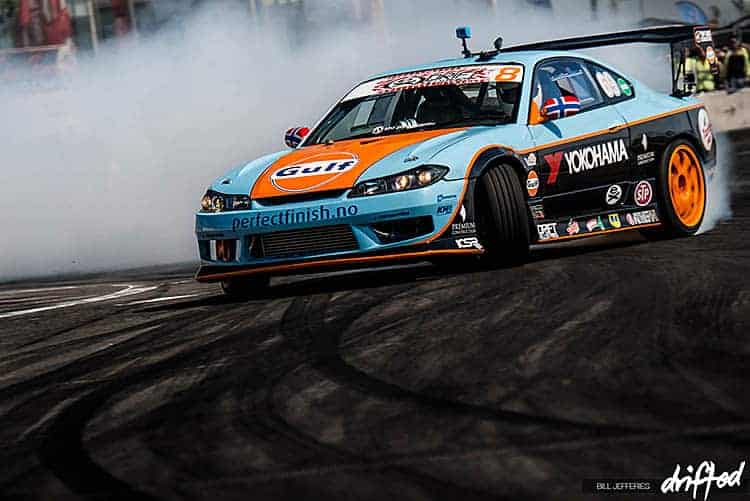
The Silvia platform is known for its competitive engine and chassis in an affordable sports car package. This combination made it a hit for circuit racing and drifting for many race teams around the world.
The earlier model S13s featured a smaller displacement naturally aspirated engine in the CA18, which was later replaced in the later models with the more competitive SR20DET engine in the late-model S14 and S15 Silvias.
Nevertheless, the Nissan Silvia platform – starting from the S13 all the way to the S15 – is arguably some of the best sports cars to ever come out of Japan and a definite JDM legend in our books.
Mitsubishi Lancer Evolution
The Mitsubishi Lancer Evolution line was originally created for homologation requirements during the Japanese brand’s run in the WRC in the early 90s.
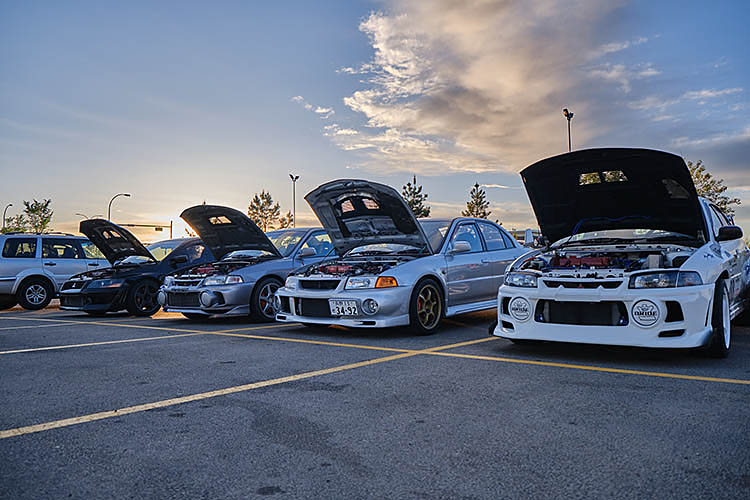
The mass-production Evos were monsters in their own right, featuring rally-proven technology and performance for street use. Their rally-derived AWD system was often the highlight of every generation, but their 4G63 engines were also just as competitive.
The entire Evolution line continued for a total of ten generations starting from the Evolution I all the way to the Lancer Evolution X. The latter enjoyed a particularly long life where it was produced for almost ten years before Mitsubishi ultimately pulled the plug back in 2016.
With that said, the Lancer Evolution is undeniably a JDM legend that proved Japan has what it took to succeed in various motorsports events around the world.
Toyota Corolla Sprinter Trueno AE86
Let’s face it – the Toyota Corolla Sprinter Trueno is probably the most recognizable JDM car ever.
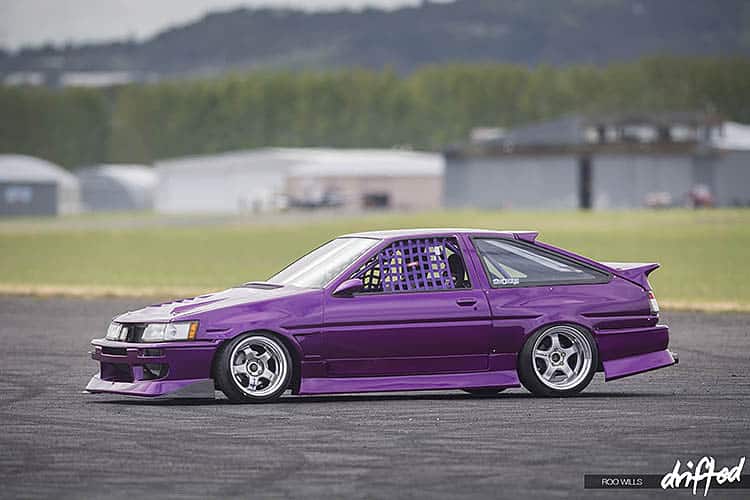
Sure, Initial D and the real-life Drift King Keiichi Tsuchiya had a hand in elevating the Trueno’s social status into JDM stardom. However, it wasn’t always like that for the humble RWD Toyota.
The Toyota Corolla Sprinter Trueno was nothing more than a cheap commuter car back in the 80s. But at its core were ingredients that made for a classic sports car – rear-wheel-drive, a lightweight chassis, and a DOHC motor that made adequate power.
AE86s were a dime a dozen back in the day, which is why they became a popular choice for grassroots racing, touge racing, and of course, drifting. The AE86’s ample power and lightweight chassis made it the perfect car to learn drifting techniques on back in the day.
Conclusion
Purists who stick to the strictest sense of the word JDM will find that not a whole lot of vehicles, accessories, and upgrades are truly one hundred percent JDM. The term itself is so generic that it can’t possibly encompass just a handful of Japanese-related products.
These days, JDM can also be used to describe other things such as culture, lifestyle, and even fashion. So don’t get too caught up with the literal definition of the word JDM!
In terms of cars, anything that was made with the spirit of Japanese engineering and ingenuity is good enough to be called JDM, even if that thing isn’t a Japanese Domestic Market exclusive.
Japan has blessed the world with its unique ideas, products, culture, and of course, cars. So let’s appreciate anything and everything JDM that Japan has to offer!
So, there we have it! We hope that we’ve covered everything you could want to know about the meaning of JDM in this guide.
Thank you for reading our JDM meaning guide.
If you enjoyed this article, please share it with the buttons at the bottom of your screen. If you’ve found this information useful, then please take a moment to share it with other JDM car fans. We appreciate your support.
Photography credits
We thank the following entities for the use of their photography in this article:

















